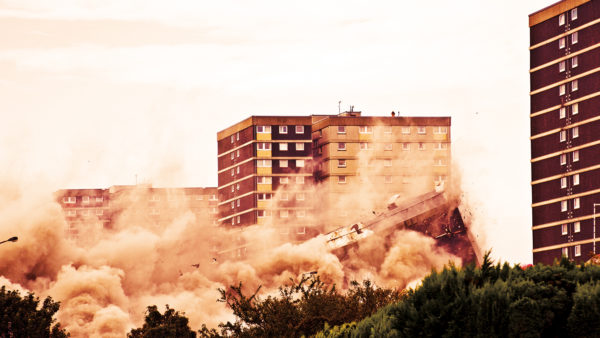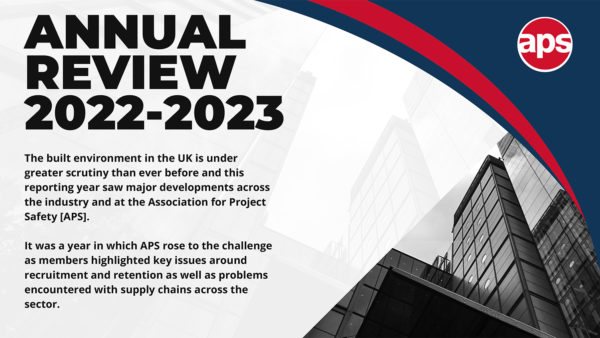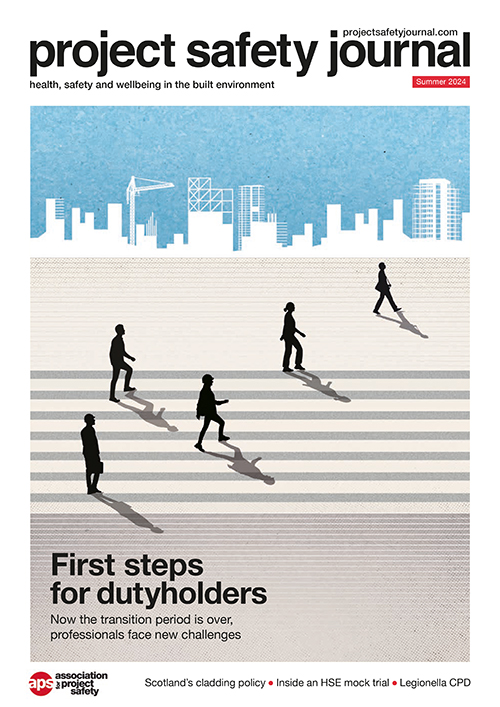
The Building Safety Act and its secondary legislation can apply across all types of buildings, not just high-rise residential buildings, explain Christian Charles and Ian Smith.
The Building Safety Act 2022 (BSA) received Royal Assent on 28 April 2022. Its provisions have been implemented and supplemented by a raft of secondary legislation over the past 15 months.
The stated aim of the BSA is to “secure the safety of people in or about buildings and to improve the standard of buildings” throughout the development stage from design and construction through to occupation.
Given that the BSA emerged from the Grenfell Tower tragedy in June 2017, and the subsequent review of the building regulations and fire safety in high-rise residential buildings, it is unsurprising that higher-risk buildings and leaseholder protections have received the most political and media attention.
However, the BSA applies more broadly, and to differing extents, to:
higher-risk buildings – multi-occupancy residential buildings over 18m in height or at least seven storeys and containing at least two residential units (there are slightly different definitions for the design/construction phase and the occupation phase);
- relevant buildings – multi-occupancy residential buildings over 11m in height or at least five storeys; and
- all buildings, whether residential or not.
This article considers some of the ways in which the BSA affects the construction and occupation of buildings which do not meet the definition of a higher-risk or relevant building.
Safety and performance standards
The BSA establishes a new Building Safety Regulator (the regulator) within the Health and Safety Executive (HSE). The regulator has extensive new powers of regulation, inspection and enforcement.
The regulator has a more prominent role in the supervision and oversight of higher-risk buildings. However, it is also responsible for overseeing the safety and performance standards of all buildings and supervising the building control sector to ensure necessary building standards are achieved.
The BSA places responsibility on clients, designers and contractors to be competent in order to meet compliance with the building regulations for all buildings.
All dutyholders will need to comply with the BSA competence requirements for all construction projects.
In this context, it should be noted that ‘principal designer’ for the purposes of building regulations is not the same as ‘principal designer’ under the Construction (Design and Management) Regulations 2015 (CDM).
While the same party could be appointed for both roles – and this may be the preferred option to avoid confusion and have one point of responsibility – a principal designer for the purposes of the BSA should be part of the design team and have the ability to coordinate that team. This may not be the case for existing ‘principal designers’ under CDM.
Extended limitation periods
The BSA significantly extends the limitation period for claims brought under the Defective Premises Act 1972 and section 38 of the Building Act 1984.
The Defective Premises Act applies to all residential buildings regardless of height, where the defect in question renders the dwelling or dwellings unfit for habitation.
The government actually has yet to bring into force section 38 of the Building Act 1984, allowing a claim to be made. When in force, individuals will have the right to claim damages where they suffer loss due to building work failing to meet the required standards under building regulations.
That right is not limited to residential properties of high-rise buildings: it applies to all buildings.
Construction products
The BSA also includes provisions so that all construction products marketed in the UK will fall under a regulatory framework.
This is intended to permit products to be withdrawn from the UK market (or other requirement imposed) if they are discovered to present a risk to the health or safety of persons.
Note on the BSA’s jurisdiction
The Regulator does not have oversight of the Building Control sector in Scotland, Wales, or Northern Ireland. However, this situation may change in future.
The Defective Premises Act 1972 does not apply in Scotland or Northern Ireland.
Some sections of the Act relating to construction products do not apply in Northern Ireland.
The registration of HRBs with the Regulator currently applies only in England.
The Act’s explanatory notes include a table at Annex A that sets out the jurisdictional scope of each provision of the Act.
If required, legal advice should be obtained as to applicability in different jurisdictions.
Christian Charles is a partner and Ian Smith is a senior associate with Fladgate.
In regulating construction products used in the UK market and in all buildings, the BSA creates the following two classes of product:
- products with designated standards – products regulated by EU harmonised standards or international standards; and
- safety-critical products – products that the government can place on a statutory list and regulate separately.
Safety-critical products should not fall into the category of having designated standards and the secretary of state must have the view that any failure of the product would risk causing death or serious injury to any person.
The BSA intends a new enforcement regime with new enforcement powers to be created in relation to construction products. The eventual intention is for there to be a national regulator for construction products.
Breach of construction product regulations would have civil penalties and the potential of being a criminal offence.
What’s next?
The timetable for implementation of the provisions of the BSA is still ongoing. Most notably, registration with the regulator of existing
higher-risk buildings must have taken place by October 2023. In a press release dated 23 February 2023, the HSE made it clear: “The registration process is a crucial stage in setting up the new building safety regime. Registering buildings in scope will be a legal requirement and owners and managers who fail to comply by October 2023 will be investigated and may face prosecution.”
On 17 July 2023, the regulator announced that the Building Safety Competence Foundation and the Chartered Association of Building Engineers were the first organisations to become independent competence assessors for all building control surveyors in England.
The assessment is necessary for building control professionals to become registered building inspectors. They will need to be assessed and certified by April 2024.
Without assessment and certification, they will not be able to work in building control across the whole built environment in England.
This area is fast moving, with frequent new announcements and secondary legislation still to come. It is therefore vital that construction professionals continue to monitor the BSA and its secondary legislation given the impact and implications for numerous parties and all types of buildings – not just high-rise residential buildings.
Christian Charles is a partner and Ian Smith a senior associate with Fladgate.












